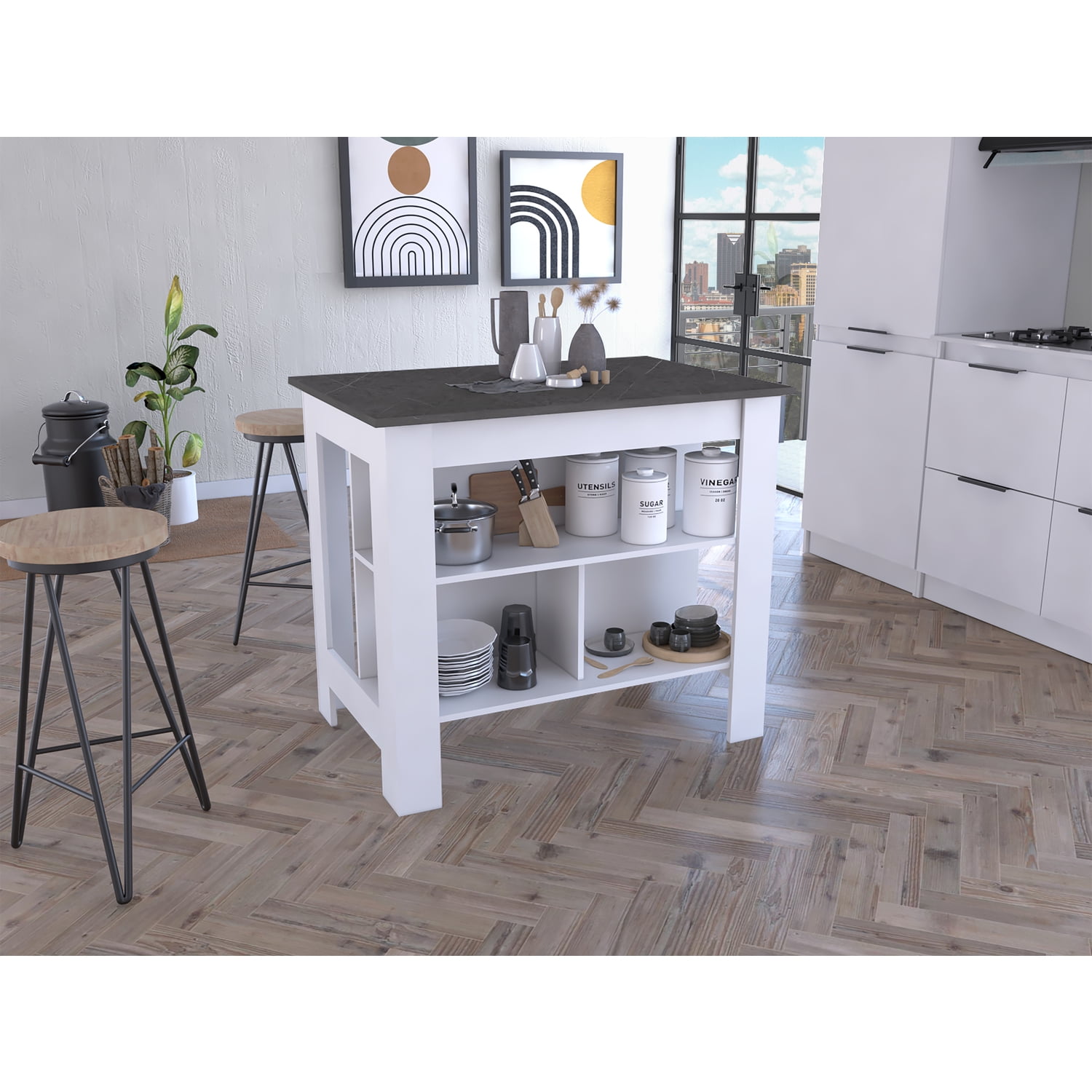Necessary Aspects to Take Into Consideration When Choosing Legs For Kitchen Area Island
Selecting the ideal legs for a kitchen island entails a careful assessment of multiple aspects that can considerably affect both functionality and aesthetic allure. As we explore these components, it ends up being clear that each decision can have significant implications for the general kitchen experience.
Material Options
When picking legs for a kitchen island, recognizing the various material options is crucial for achieving both visual allure and structural stability (Legs For Kitchen Island). The selection of material considerably affects not just the resilience of the island yet also its overall design and functionality
Metal legs, commonly made from stainless steel or functioned iron, add a industrial and modern feel while guaranteeing sturdiness and stability. These materials are resistant to use and can support considerable weight, making them optimal for larger islands.
An additional choice is engineered materials, like MDF or plywood, which can be a lot more economical while still using a variety of surfaces. They might not supply the exact same level of stability as strong timber or metal. Legs For Kitchen Island. Lastly, materials such as acrylic or glass can develop a modern look, though they may require added assistance to make certain security.
Eventually, the selection of product for kitchen area island legs ought to align with the wanted performance and the overall motif of the kitchen area.
Style and Layout

When taking into consideration style, the shape and finish of the legs are vital. Conical legs can give a feeling of agility and elegance, while thicker, more robust legs can share strength and stability. Additionally, the finish-- be it painted, stained, or natural-- should complement the cabinetry and counter top materials to develop a unified look.
Additionally, the style of the legs can likewise show personal taste. Customized or ornamental legs, such as those featuring elaborate carvings or unique geometric shapes, can act as prime focus, including character and character to the kitchen. Ultimately, the right selection will certainly not only improve functionality however additionally elevate the aesthetic appeal, making the kitchen island a standout feature of the home.
Elevation Considerations
Selecting the ideal height for cooking area island legs is vital, as it directly influences both performance and convenience. The common height for a kitchen area island generally varies from 36 to 42 inches, aligning with typical kitchen counter heights.

It is likewise vital to represent users' preferences and elevations. Customizing the elevation can make certain a comfortable experience for all relative, making the cooking area island an extra satisfying and practical area.
Weight Support
Ensuring sufficient weight assistance for kitchen area island legs is vital for both security and capability. The cooking area island commonly serves multiple objectives, including food prep work, dining, and additional storage space, necessitating a durable support framework. When selecting legs, it is crucial to think about the overall weight ability required based upon the island's intended usage and the materials that will certainly be positioned on it.
The option of material for the legs plays a considerable role in their weight-bearing abilities. Strong wood, steel, and heavy-duty compounds generally supply superior stamina contrasted to lighter materials. Furthermore, the layout of the legs-- whether they are directly, tapered, or have a pedestal kind-- can influence their capability to disperse weight effectively across the framework.
Moreover, the leg placement need to be strategically prepared to boost stability. Legs positioned at the edges or with a bigger base can better support much heavier lots. Always seek advice from the supplier's specifications relating to lots restrictions to ensure that the legs can sustain the designated weight without endangering safety. In summary, selecting kitchen area island legs with appropriate weight assistance is essential for creating a useful and secure cooking room.
Setup and Maintenance
Correct setup and maintenance of cooking area island legs are important for guaranteeing longevity and security. This typically involves safeguarding the legs to the island base utilizing ideal bolts, making sure that the legs are degree and lined up.
As soon as set up, regular upkeep is necessary to maintain the integrity and look of the legs - Legs For Kitchen Island. For wooden legs, routine cleaning with a wet cloth and application of ideal wood gloss can prevent find more info wetness damage and preserve their coating. Metal legs might need a gentle cleansing remedy to eliminate oil and grime, adhered to by a dry fabric to avoid rust development
Furthermore, evaluate the legs routinely for indications of wear or damages, such as splits or loose joints. Tightening screws or bolts as required can additionally lengthen the lifespan of the legs. By adhering to these setup and upkeep techniques, home owners can ensure that their kitchen area island stays strong and aesthetically appealing for several years to come.
Conclusion

Aesthetic coherence is extremely important in selecting the style and style of legs view website for a cooking websites area island, as these elements considerably affect the overall atmosphere of the area. Conical legs can provide a sense of lightness and sophistication, while thicker, extra robust legs can convey stamina and security.Picking the appropriate height for kitchen area island legs is vital, as it straight influences both functionality and comfort. In summary, choosing kitchen area island legs with appropriate weight assistance is crucial for creating a safe and functional culinary area.
In final thought, choosing legs for a kitchen area island demands mindful factor to consider of numerous variables, consisting of product alternatives, design, elevation, weight support, and setup.